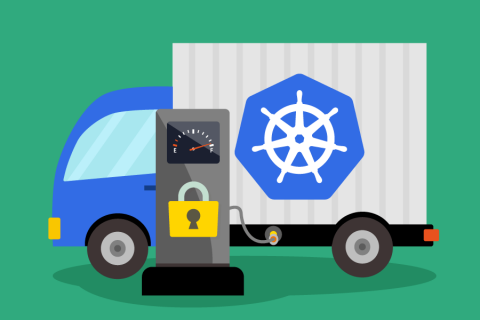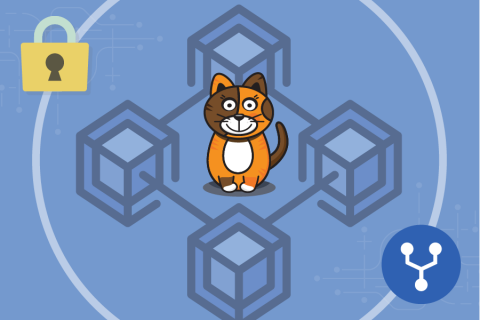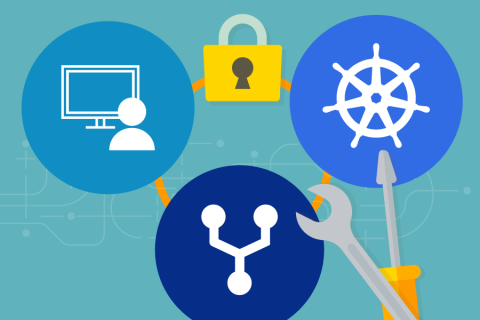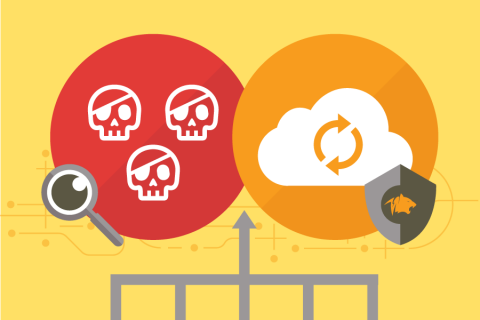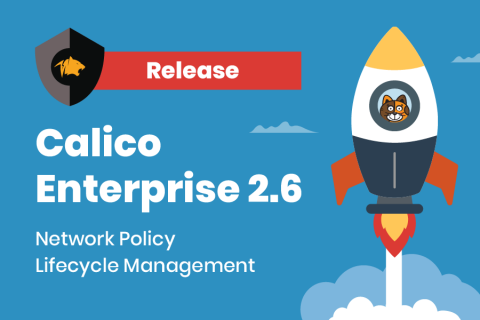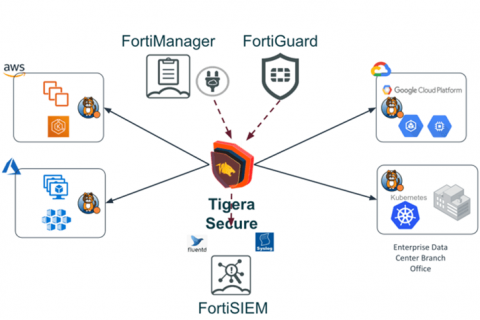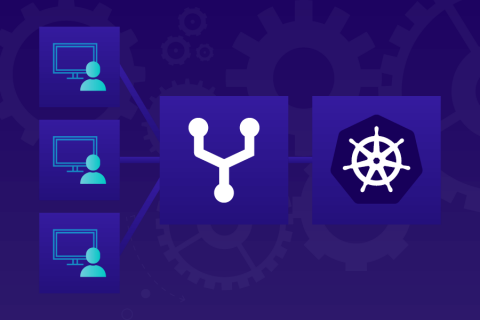Supercharging Workload Security in Your K8s Cluster
2019 was a big year for Kubernetes adoption, and 2020 is sure to exceed that pace. Already, we have seen a large number of organizations migrating their workloads to Kubernetes (k8s) both in public and private clouds as they embrace a hybrid cloud strategy. With so much at stake, what are you currently using for network security inside your k8s cluster?


